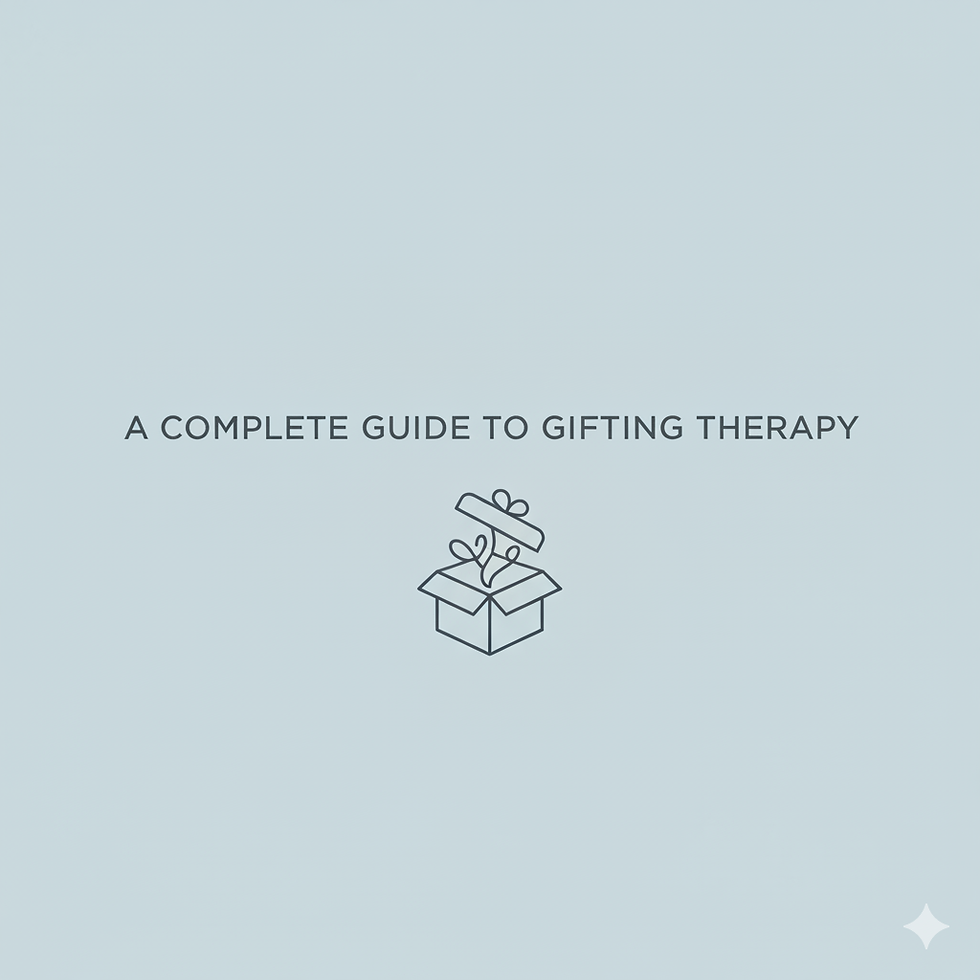7 Science-Backed Actionable Tips to Overcome Panic Attacks
- Shubh Agrawal
- Jun 2, 2023
- 3 min read

Panic attacks can be overwhelming, but with the right strategies, you can regain control and find relief. In this blog, we'll explore seven scientifically supported tips that can help you manage and overcome panic attacks. So, let's dive into the research-backed techniques and take charge of your well-being!
Immerse Your Head in Cold Water:
A quick and effective technique to interrupt a panic attack is to immerse your face in cold water. The mammalian diving reflex, triggered by cold water, activates a parasympathetic response in your body, slowing down your heart rate and reducing anxiety. Fill a basin with cold water, immerse your face for 30 seconds, and feel the calming effects take hold.
Practice the 5, 4, 3, 2, 1 Technique:
Engaging your senses is an excellent way to ground yourself during a panic attack. With the 5, 4, 3, 2, 1 technique, start by identifying five things you can see around you, four things you can touch, three things you can hear, two things you can smell, and one thing you can taste. This sensory exercise helps redirect your focus away from panic and back to the present moment.
Utilize Diaphragmatic Breathing:
Deep, diaphragmatic breathing is a powerful tool for managing panic attacks. By activating the diaphragm, you stimulate the vagus nerve, which sends calming signals to your brain. Breathe in slowly through your nose, allowing your belly to rise, and exhale gently through your mouth. Aim for a longer exhale than inhale to enhance relaxation and restore equilibrium.
Embrace Progressive Muscle Relaxation (PMR):
PMR is a systematic technique that involves tensing and relaxing muscle groups to reduce overall tension and anxiety. Start by tensing a specific muscle group for a few seconds, then release the tension and notice the contrast between tension and relaxation. Move through each muscle group, progressively relaxing your entire body. Regular practice of PMR can help prevent panic attacks and reduce their intensity.
Challenge Catastrophic Thinking with Cognitive Restructuring:
During a panic attack, your mind may spiral into catastrophic thinking, amplifying your anxiety. Cognitive restructuring involves challenging and reframing these negative thoughts. When a fearful thought arises, question its validity and seek evidence to support or refute it. Replace irrational thoughts with more realistic and positive alternatives. Over time, this practice can help rewire your thinking patterns and decrease panic symptoms.
Engage in Regular Exercise:
Physical activity plays a crucial role in managing anxiety and preventing panic attacks. Exercise releases endorphins, which are natural mood boosters. Aim for at least 30 minutes of moderate-intensity exercise, such as brisk walking, jogging, or dancing, on most days of the week. Incorporating regular exercise into your routine can significantly reduce anxiety levels and improve overall well-being.
Seek Professional Support:
If panic attacks persist or significantly impact your quality of life, it's essential to seek professional help. A mental health professional, such as a therapist or psychiatrist, can provide guidance, support, and evidence-based treatment options tailored to your specific needs. Cognitive-behavioural therapy (CBT) and medication management are common approaches that can help you overcome panic attacks.
Congratulations! You are now equipped with an arsenal of scientifically proven techniques to combat panic attacks. Remember, these strategies are not just quick fixes but valuable tools that empower you to regain control over your mind and body. Looking to start therapy? Get One Free counselling session from a Psychologist and deal with stress, anxiety, depression and more at youremotionalwellbeing.Org
Happy Therapy :)



Comments